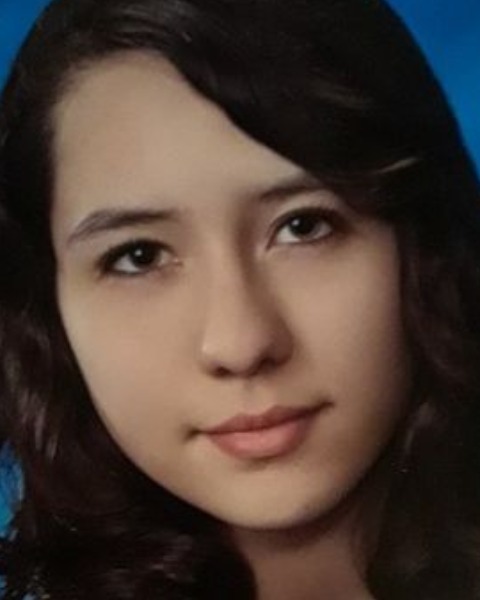Vestibular (V)
(PP1502) Galvanic Vestibular Stimulation and Virtual Reality: Perspectives on Vestibular Rehabilitation
- LF
Lilian Felipe, PhD
Professor
LAMAR UNIVERSITY
Beaumont, Texas, United States .jpeg.jpg)
Amber Palos, BS
Audiology Student
Lamar University
Baytown, Texas, United States
Yared Rodriguez, BS
Student
Lamar University
Laredo, Texas, United States- LF
Lilian Felipe, PhD
Professor
LAMAR UNIVERSITY
Beaumont, Texas, United States
Lead Presenter(s)
Presenter(s)
Contributor(s)
There is currently no official cure for vestibular disorders; however, symptoms can be managed with medications, physical therapy, and maneuvers ect. This study introduced and applied a protocol guide for the application of galvanic stimulation in combination with virtual reality for the improvement of balance intervention tools. The data obtained through the research trial was tracked via Sensory Organization Testing (SOT). Based on the initial data obtained, a noticeable improvement was observed when comparing baseline and post-therapeutic measures. This guide is to further be investigated by conducting more trials and data collected is set to be published.
Summary:
Introduction: Approximately 35% (69 million) Americans aged 40 years or older exhibit some form of vestibular dysfunction when assessed via a postural metric. Current rehabilitation plans and existing therapies are shown to provide relief of symptoms within 4-6 weeks. It is theorized that the use of vestibular galvanic stimulation may accelerate relief given to balance and dizziness patients. This tool combined with the use of virtual reality will allow a unique form of therapy to target all necessary points for a successful balance system being visual, vestibular, and somatosensory. Research regarding this area of study is limited and currently in the preliminary stages of research; however, in pioneering this study, we will be able to establish a protocol and new form of therapy that may prove beneficial in terms of alleviating vestibular symptoms more efficiently and effectively.
Purpose: The goal of this study was to utilize galvanic stimulation in combination with virtual reality to create a more effective and efficient therapy protocol for vestibular disorders.
Method: The participants were first provided consent forms and orientation on the objective, general information, and equipment being utilized within the trials.The protocol was then tested in three different groups: one control group (individuals with no report of balance disorders) and two study groups (athletes and subjects with balance issues). Baseline measures were obtained using sensory organization testing with computerized equipment. Afterwards, GVS was administered to participants and post-SOT testing was performed. Trial two consisted of conducting the initial method in the opposite order to reduce possible bias. In the final trial, virtual reality was integrated after GVS stimulation was administered. The protocol for virtual reality training consisted of sports-related activities, such as boxing, climbing, and dancing. SOT testing was administered thereafter, and data was compared and analyzed. Results and
Discussion: Preliminary results established a positive correlation between galvanic stimulation in combination with virtual reality and vestibular outcomes recorded by SOT testing. These results are introductory, and more research must be conducted to further investigate the overall effectiveness of this method. This protocol has the potential to help those who experience balance pathologies and provide a better understanding of the physiology workings of the human body. Physical therapists can greatly benefit from this guide as this has the potential to aid vestibular patients within rehabilitation at a more efficient rate. In addition, the acquired insight could be relevant for vestibular patients, patients with neurodegenerative disorders, as well as the elderly population, coping with multisensory deficit syndromes, immobilization, and inactivity.
Learning Objectives:
- To describe the applicability of Galvanic Vestibular Stimulation on Vestibular Rehabilitation To describe the applicability of Virtual Reality on Vestibular Rehabilitation To apply both technologies combined to improve Vestibular Rehabilitation
